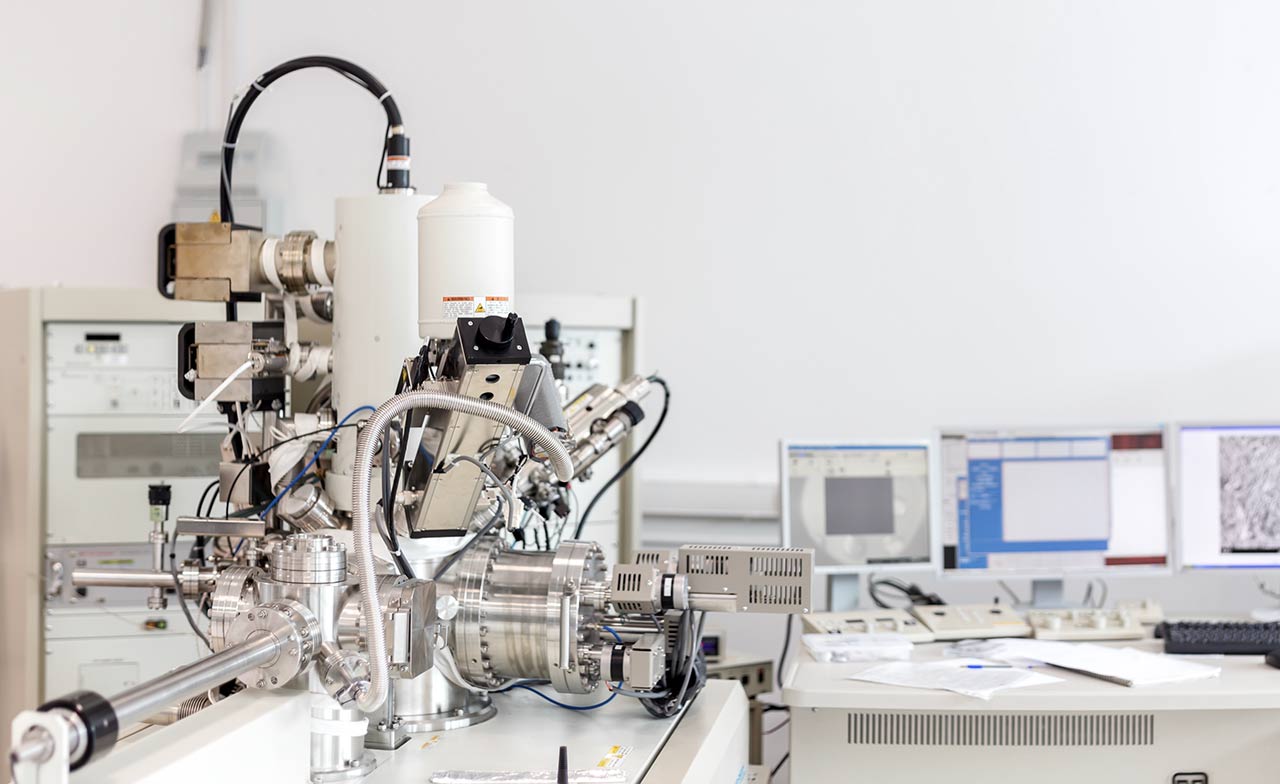Why does the position of the V=O stretch in the IR spectrum change as other ligands are added trans to the V=O bond? What does this tell you about the electron donating properties of the N-donor ligands and their relative strengths?
In studying the effect on the V=O stretch of adding other ligands trans to the V=O bond, acetyl acetone (acac) is often used as a ligand. This is a bidentate ligand which forms a complex VO(acac)2 (shown in Figure 1) ...
Question
Why does the position of the V=O stretch in the IR spectrum change as other ligands are added trans to the V=O bond? What does this tell you about the electron donating properties of the N-donor ligands and their relative strengths?
Answer
In studying the effect on the V=O stretch of adding other ligands trans to the V=O bond, acetyl acetone (acac) is often used as a ligand. This is a bidentate ligand which forms a complex VO(acac)2 (shown in Figure 1) in which two weakly aromatic rings are formed, effectively blocking the positions cis to the V=O bond from further substitution.
Figure 1: VO(acac)2 (L) and VO(acac)2Py (R)
Addition of pyridine (Py) trans to the V=O bond, to form VO(acac)2Py (also shown in Figure 1) causes a change in the frequency of the V=O stretch from 997 cm-1 in VO(acac)2 to 965.3 cm-1 in VO(acac)2Py (Nyquist & Kagel, 1996). This is due to the co-ordinate bond formed between the lone pair of electrons on the nitrogen and the empty d-orbital of the vanadium. This increases the electron density around the vanadium, resulting in repulsion of the V=O bond. This repulsion causes the V=O bond to lengthen and therefore weaken, resulting in a lower wavenumber for the V=O stretch. Other nitrogen donor ligands, such as piperidine, have a similar effect in reducing the wavenumber; however, in the case of piperidine, the reduction is lower (Nyquist & Kagel, 1996). This is because pyridine has a higher electron density than piperidine, due to the aromatic ring; it therefore causes a greater increase in the electron density around the vanadium and hence a greater weakening of the V=O bond (Suzuki & Orvilelle-Thomas, 1977). Addition of an oxygen-donor ligand in the trans position also causes a reduction in the V=O wavenumber; however, this is much smaller, in the region of 5-10 cm-1 (Larsson, 1972), demonstrating that oxygen is a weaker electron donor than nitrogen.
References
Larsson, R., 1972. Solvent effectson the infrared intensity of the V=O stretching vibration in vanadyl acetoacetonate. Acta Chimica Scandinavia, Volume 26, pp. 549-555.
Nyquist, R. & Kagel, R., 1996. Handbook of infrared and raman spectra of inorganic compounds and organic salts: infrared spectra of inorganic compounds. Cambridge, MA: Academic Press.
Suzuki, S. & Orvilelle-Thomas, W., 1977. Molecular force field of pyridine and its application to pyridine-metal complexes. Journal of Molecular Structure, 37(2), pp. 321-327.
